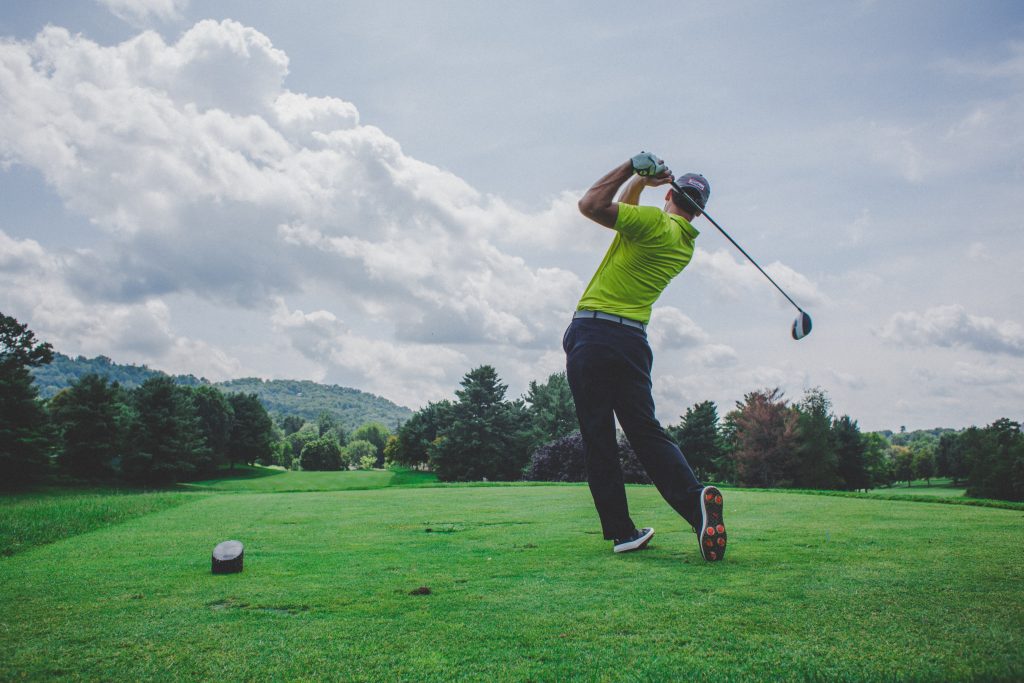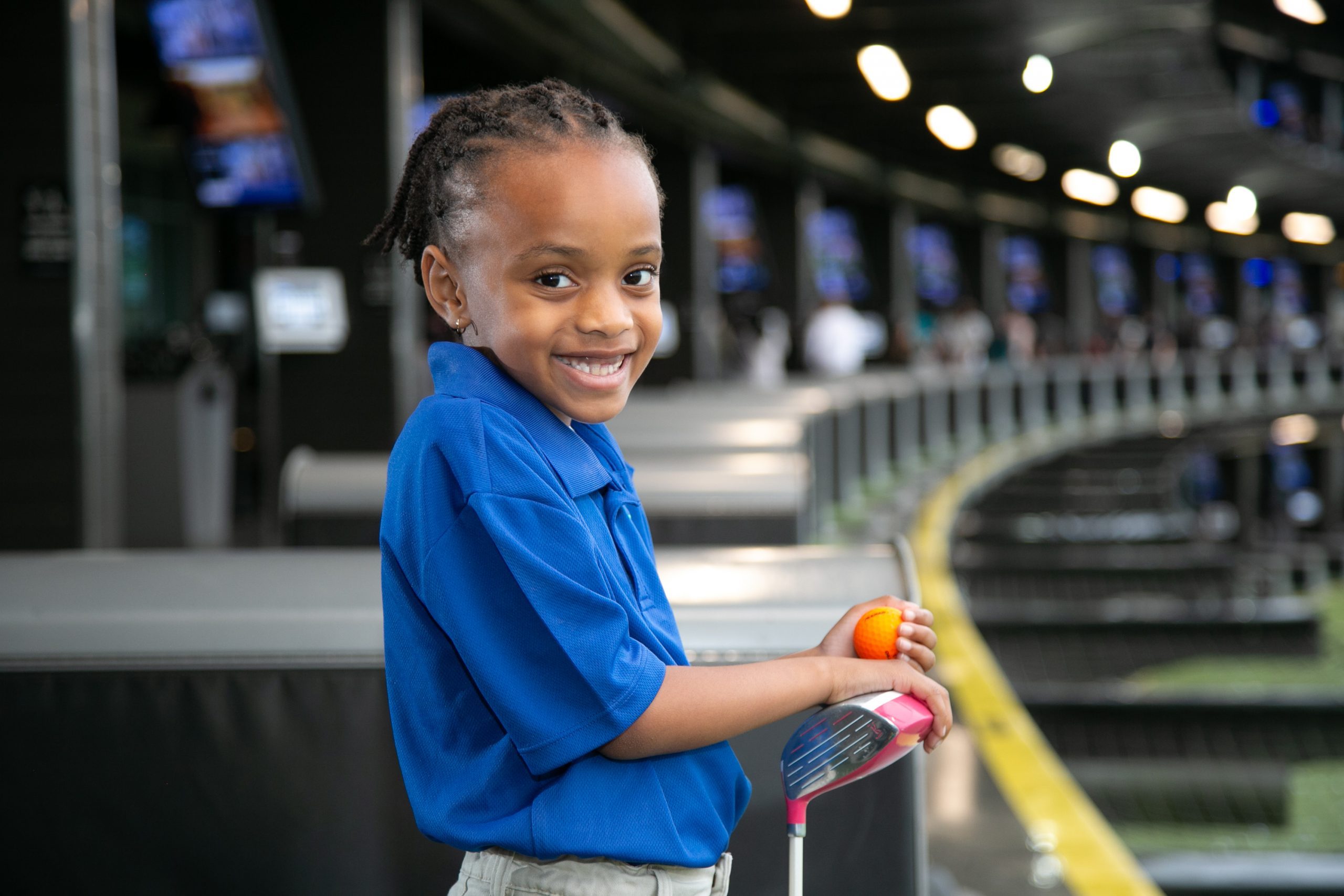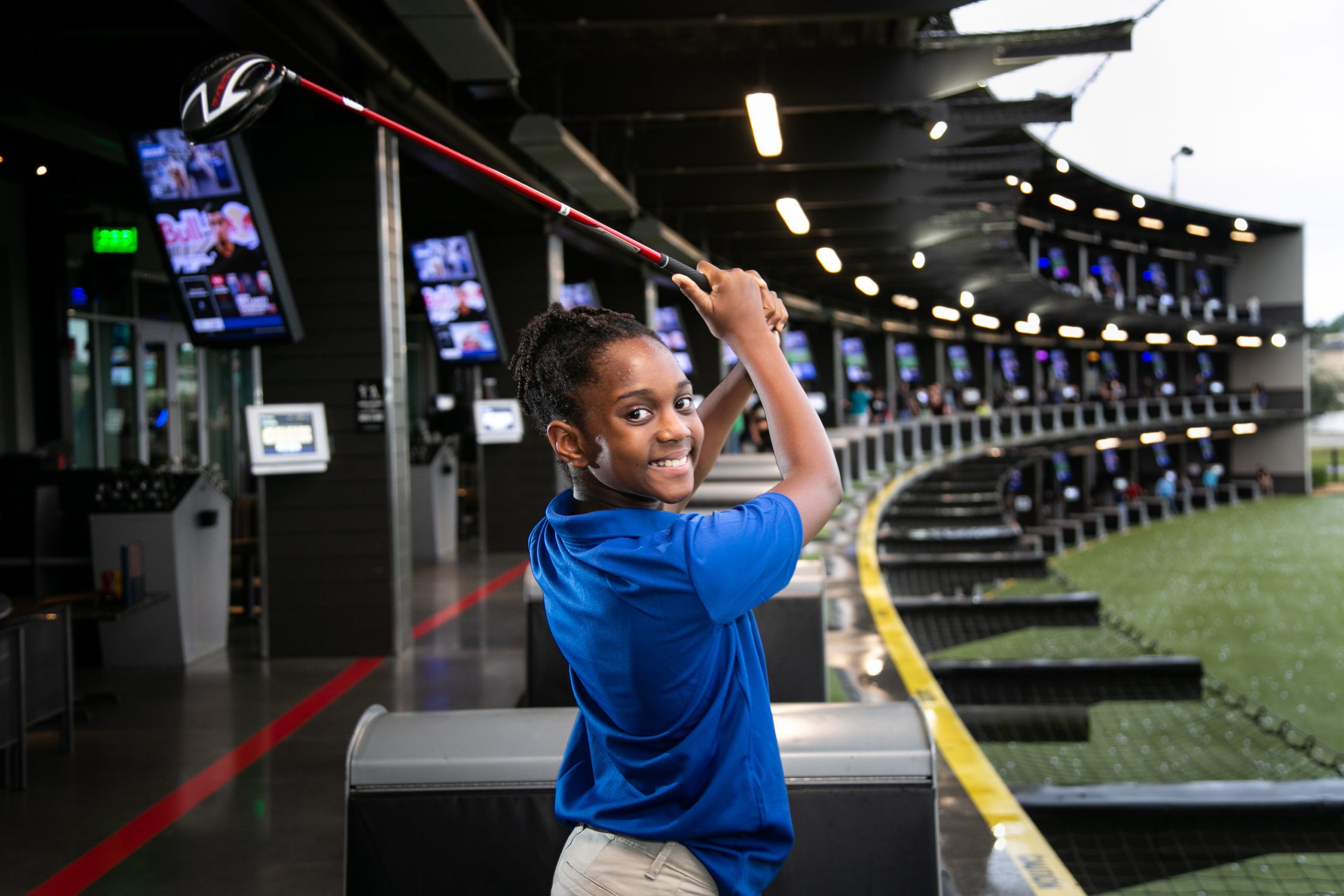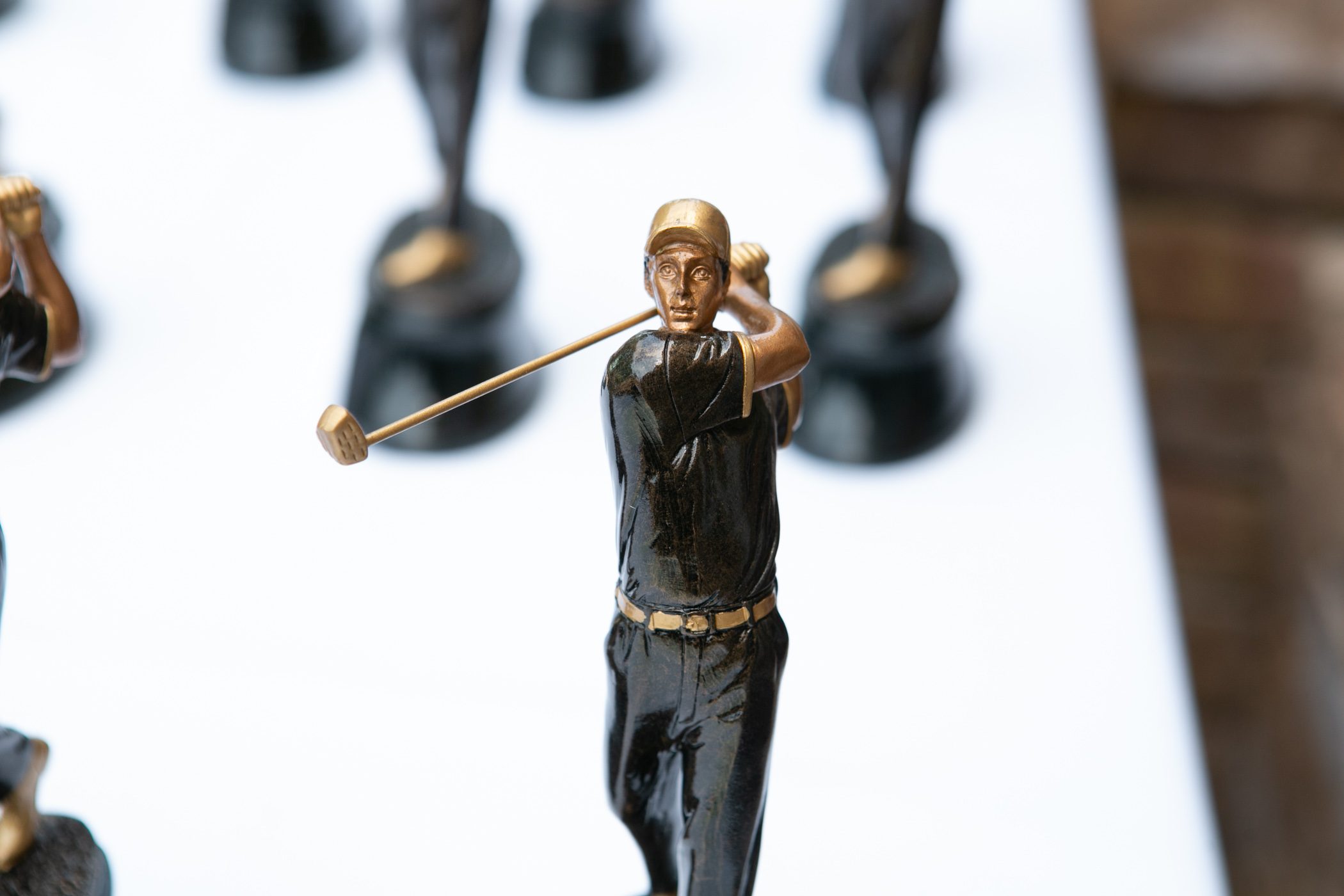So much goes into creating an elite athlete: devoted coaches, parents, sports psychologists, physical therapists, trial and error, and of course, intrinsic motivation. Many athletes (including myself) also coach young up-and-comer’s, or even, each other. Here are six athlete-tested and competition-proven ways to help young athletes stay centered, present and confident, so they can perform their best and continue to improve.
Help Athletes Understand Fear
Explaining fear can sometimes be difficult, and the last thing you want to do is invalidate someone’s feelings. I’ve found it’s best to help kids understand the different types of fear, so they can better determine what they’re feeling, and work with it.
There’s the innate human instinct to sense danger—say, if you spot a mother bear and her cubs on a trail. (This is something real and potentially dangerous if you don’t know how to handle the situation.) But there are also imagined fears—thoughts of what might happen—and unfortunately these can be pretty common. A child may be afraid of letting the ball slip by into the net, for example, or maybe missing a shot.
The feelings are real, but the situations are not. They haven’t or aren’t happening. The key is to help the young athlete understand these fears are simply imagined. They may not happen, and in fact, the less the athlete thinks of their fears, the less likely they’ll be to occur.
Transform the Butterflies
I was a nervous athlete when I was younger, so much that I couldn’t even eat before competitions. My nerves were more physical than mental, however. I wasn’t afraid—just anxious under pressure. So I learned to recognize the feeling—all the little butterflies fluttering around inside—and I told myself it was just ‘positive energy.’ And then I made a conscious choice to use that energy to get me psyched up to do my best. The butterflies let me know I was ready. I had a fire inside!
Help your young athlete understand that those nervous feelings are just extra energy, and they can use it any way they choose.
What Competition?
Olympic gold medalist and motivational speaker Nikki Stone is also a mother to two young athletes. Her daughter performs competitive dance, and is often shining up on stage, under the lights. Yet she still can feel nervous or uncertain like the best of us. “When Zali has her dance competitions, I tell her only to focus on herself,” Stone says. “She’ll ask about the other kids in her group, but I try to shift her focus to her own performance, instead. I tell her, ‘Your only goal is to improve on something you did last time. Pick one thing to improve upon and then when you do that, you’ll know you’ll have success.’”
“Experiencing these small yet identifiable successes can help build confidence,” Stone adds.
Identify Key Words or Mantras
Self-talk has been shown to improve performance, and the type depends on the athlete as an individual, as well as their activity. Sometimes self-talk can be motivational, or other times instructional or technical.
Help your youth athlete identify something that resonates for them. For me, for example, it sometimes helped to focus on my form and use specific cue words. When going into a flip, I’d tell myself, “Chest up.” And that small cue helped me execute and land perfectly.
Triathlete and author Tom Holland likes to use mantras during the various legs of his competitions, and sometimes to even help pace himself. Among his favorites: “Low and slow is the tempo.”
Finding mantras and cue words with your young athlete can be a fun, creative experience, and doing so can also help them become more aware of their strengths, weaknesses, and overall performance as an athlete.
Focus on Personal Strengths
“Sometimes Zali will worry and say things like, ‘I’m not flexible,’” Stone says. “So I try to shift her focus to her strengths, instead. I’ll remind her of her acrobatic background, for example. I’ll say, ‘Look at your strengths and let that give you confidence to build on.’”
Remind your young athlete of what they know they’re good at—and let them build from there.
“The hay is in the barn.”
When I was a competitive skier, I wouldn’t just train on the mountain, I’d also visualize my run days (and sometimes weeks and months) in advance of events. I called it ‘doing my homework,’ and I could rest easy at the top of the course, knowing I was fully prepared.
Stone shares the same sentiment. “I tell my kids: ‘You’ve already done the work,’ and remind them they don’t need to be nervous, because they’ve trained for this,” she says. “It’s like that saying, ‘The hay is in the barn,’ because the hard work is already done.”
Stone used this tactic herself before landing her winning jump at the 1998 Olympics in Nagano, Japan. “It helped me calm down,” she says. I always say, “Have confidence in the fact that you know you’ve already trained. And all you can do at this point is try your best.”



